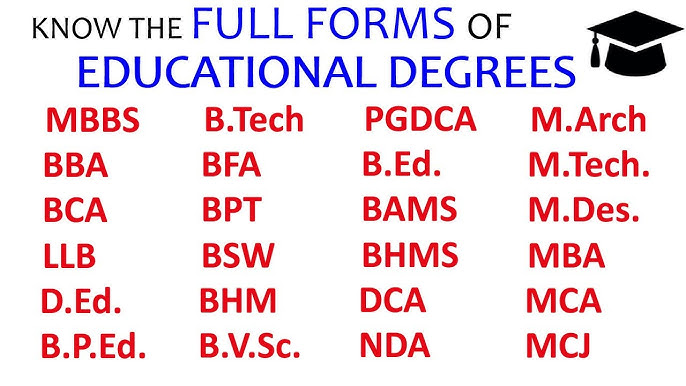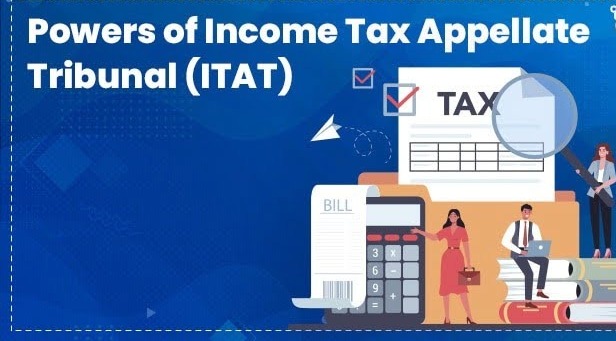Renupada Mukherjee, J.@mdashThis appeal arises out of a suit for a declaration that principal Defendant Respondent No. 1, namely, Khirode Chandra Das, is not a Bargadar under Plaintiff Tarendra Nath Das in respect of some lands described in the schedule of the plaint and that the order passed by the Sub divisional Officer of Tamluk on August 5, 1954, in Bhagchas Case No. 444 of 1954-55 restoring possession of the said lands to the above Respondent is illegal and without jurisdiction.
2. The principal Defendant maintained that he was a bargadar of the suit lands and that the order in question was a valid order. This defence was negatived by the trial court which decreed the suit. An appeal was preferred by the principal Respondent which succeeded. The lower appellate court reversed the decree of the trial court and dismissed the suit of the Plaintiff on two grounds, namely, that the suit was not maintainable and that the principal Defendant was a bargdddr. The Plaintiff of the trial court has preferred this second appeal challenging the correctness of both the grounds on which the appeal was allowed by the lower appellate court.
3. First of all, I shall proceed to decide whether the finding of the lower appellate court that the suit is not maintainable in law is correct. This finding involves a pure question of law. Then I shall address myself to the other question raised in this appeal, namely, whether the principal Defendant Respondent is a Bargadar under the Plaintiff-Appellant.
4. The foundation for this suit is an application filed by the Defendant-Respondent before the Sub divisional Magistrate of Tamluk on July, 26, 1954, for restoration to cultivation by himself of the disputed lands of this suit on the ground that he had been dispossessed by the Plaintiff- Appellant. Such an application could be made u/s 7 of the West Bengal Bargadar Act, 1950. before a Bargadars Board and it could be dealt with and disposed of only by the Board. Ordinance No. v. of 1954, which came into operation on June 9, 1954, effected a change in law by incorporating Section 12A in the Act which empowered a Sub divisional Magistrate to dispose of such applications and to order restoration of possession to Bargadar and also to enforce the same. Sub-sections (1) and (4) of Section 12A introduced by the above Ordinance are relevant for our purpose and they are quoted here:
12A. (7) Where the owner of any land has, whether before or after the commencement of the West Bengal Bargdddrs (Amendment) Ordinance, 1954, terminated or caused to be terminated the cultivation of the land by a Bargadar in contravention of the provision to Sub-section (1) of Section 5 or of the provisions of Sub-section (2) or Sub-section (3) of Section 12, the Bargadar may apply to the Sub divisional Magistrate within whose jurisdiction the land is situated for the restoration to cultivation of the land and such Magistrate may, after giving an opportunity to the owner of the land of being heard, order the restoration to cultivation of the land by the Bargadar and enforce such order.
(4) The provisions of this section shall have effect notwithstanding anything contained in Section 7.
5. The Sub divisional Magistrate of Tamluk passed a restoration order in favour of the Defendant-Respondent on August 5, 1954 and delivery of possession was also given to the Defendant on August 13, 1954. On the self-same date, namely, on August 13, 1954, the present suit was instituted by the Plaintiff-Appellant for obtaining the reliefs already stated. After the filing of the suit another Act amending the West Bengal Bargadars Act, 1950, namely, West Bengal Bargadars (Amendment) Act 1954 (Act XXIII of 1954), came into effect on September 23, 1954, introducing further changes in Section 12A of the Bargdd4rs Act by incorporating the following provisions in Sub-sections (2)(i) and (2)(ii).
(2)(i) Any person aggrieved by an order on an application under Sub-section (i) may, within thirty days from the date of such order, apply to the District Judge within whose jurisdiction the land is situated for the revision of such order and the District Judge shall pass such orders on revision as he thinks fit and his orders shall be final.
(ii) Save as provided in Clause (i), no order on an application under Sub-section (1) and no proceedings outvoted with such application, shall be called in question in any court.
6. Upon a consideration of the new Sub-sections (2)(i) and which were added to Section 12A of the Bargadars Act by the amending Act No. XXIII of 1954, the lower appellate court was of opinion, that the order of the Sub divisional Magistrate of Tamluk could not be called in question in a Civil Court.
7. Mr. Mitter, appearing on behalf of the Plaintiff-Appellant contended before me that Sub-sections (2)(i) and (2)(ii) of Section 12A of the Bargadars Act came into operation after the institution of the suit and so they could not be applied as a bar to the civil suit previously filed. In my opinion, this contention of Mr. Mitter is correct, because no retrospective operation has been given to the above two Sub-sections of Section 12A.
8. Mr. Naskar, appearing on behalf of the principal Defendant- Respondent, contended that even if the above two Sub-sections, which were added by the Amending Act XXIII of 1954, be not applicable to the present suit, it must be held that Sub-section (4) of Section 12A, which was introduced by Ordinance No. v. of 1954. bars the present suit. That ordinance no doubt, came into effect before the institution of the present suit and so Sub-section (4) of Section 12A must apply to the present case. The scope of that Sub-section, however, is that the provisions of Section 12A, which was introduced by Ordinance No. v. of 1954, shall have effect notwithstanding anything contained in Section 7. The meaning of this Sub-section in my judgment is that after the passing of the above Ordinance restoration applications filed by Bargadar would be dealt with and disposed of by Sub divisional Magistrate and not by the Board. This Sub-section (4) of Section 12A, as introduced by Ordinance No. v. of 1954. does not take away the jurisdiction of the Civil Court, which was specially recognised by Sub-section (2a) of the Bargaddrs Act, which was introduced by an amendment of 1953 as a part of original Section 7 of the Act. and which runs in the following terms:
(2a) If in deciding any dispute referred to in Sub-section (1) any question arise as to whether a person is a Bargadar or an owner, such question shall be determined by the Board. Provided that every such determination shall be subject to any subsequent decision of a Civil Court of competent jurisdiction.
9. This jurisdiction of the Civil Court is not certainly taken away by anything contained in Sub-section (4) of Section 12A, which was introduced by Order No. v. of 1954. That being the case, the lower appellate court committed an error in law in holding that the suit is not maintainable. No doubt the jurisdiction of the Civil Court was expressly taken away by a further amendment made by Act XXIII of 1954. but that amendment came into effect on September 23, 1954. that is after the institution of the present suit; and so in the absence of any retrospective operation that amendment cannot touch the present suit. I, therefore hold in disagreement with the view of the lower appellate court, that the suit is maintainable and the order of the learned Sub divisional Magistrate of Tamluk is liable to be called in question by the Civil Court. The first point urged on behalf of the Appellant, therefore, succeeds.
10. I now come to the other point raised in this appeal, namely, whether the principal Defendant-Respondent is a Bargadar under the Plaintiff-Appellant in respect of the disputed lands. The trial court held that he was not a Bargadar but the lower appellate court has taken a contrary view holding that he was a bargdddr. The finding of the lower appellate court, however, is very much influenced by inadmissible evidence. It has relied a good deal upon the judgment of the learned Sub divisional Magistrate. There is a recital in that judgment that previously there was a proceeding for division of crops between these parties in respect of the disputed lands. Both the contestants denied that there was such a proceeding. Still the lower appellate court has held that the above recital in the judgment is an important fact for the purpose of showing the relationship of owner and Bargadar between the parties. In my opinion, the order of the Sub divisional Officer of Tamluk is relevant only to the extent that by virtue of that order the principal Respondent got restoration of possession. That order cannot be used for the purpose of supporting a finding that the principal Defendant-Respondent is a Bargadar under the Appellant as has been done by the lower appellate court. In that view of the matter that finding is set aside and the case is remitted to the lower appellate court for consideration of this question again.
11. On grounds set forth above, I allow this appeal and set aside the judgment and decree of the lower appellate court. I hold that the suit is maintainable at the instance of the Plaintiff-Appellant. The lower appellate court will now re-hear the appeal in the light of the previous observations and in accordance with law and come to a finding as to whether the Defendant-Respondent was a Bargadar under the Plaintiff Appellant at the relevant date. If it finds that he was such a bargadar then it will dismiss the suit of the Plaintiff. If, on the contrary, the lower appellate court finds that the Defendant-Respondent was not a Bargadar of the Plaintiff- Appellant, then it will decree the suit of the Plaintiff-Appellant.
12. In view of the circumstances of this case, I direct that parties will bear their own costs in this Court but costs of the courts below will abide the final result.

